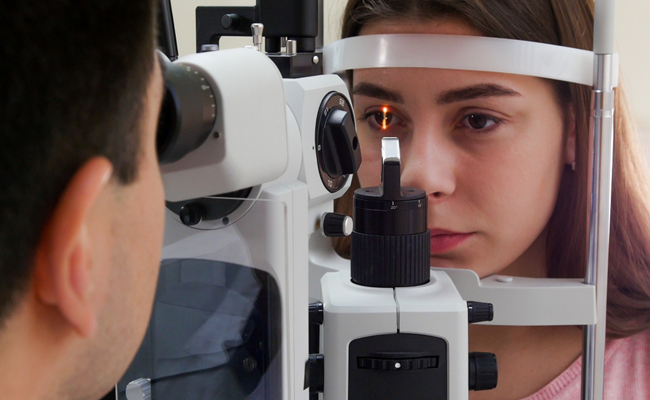

Retina imaging is a branch of medical imaging focused on capturing detailed images of the retina, the light-sensitive tissue lining the back of the eye. The retina plays a crucial role in vision by converting light into neural signals that the brain interprets as images. Imaging techniques help in diagnosing and monitoring various eye conditions, including diabetic retinopathy, age-related macular degeneration, glaucoma, and retinal detachment. Best Retina Specialist in Ghatkopar
These imaging modalities play a crucial role in the diagnosis, management, and monitoring of retinal diseases and conditions. They allow eye care professionals to visualize changes in the retina over time, track disease progression, and make informed decisions about treatment options.